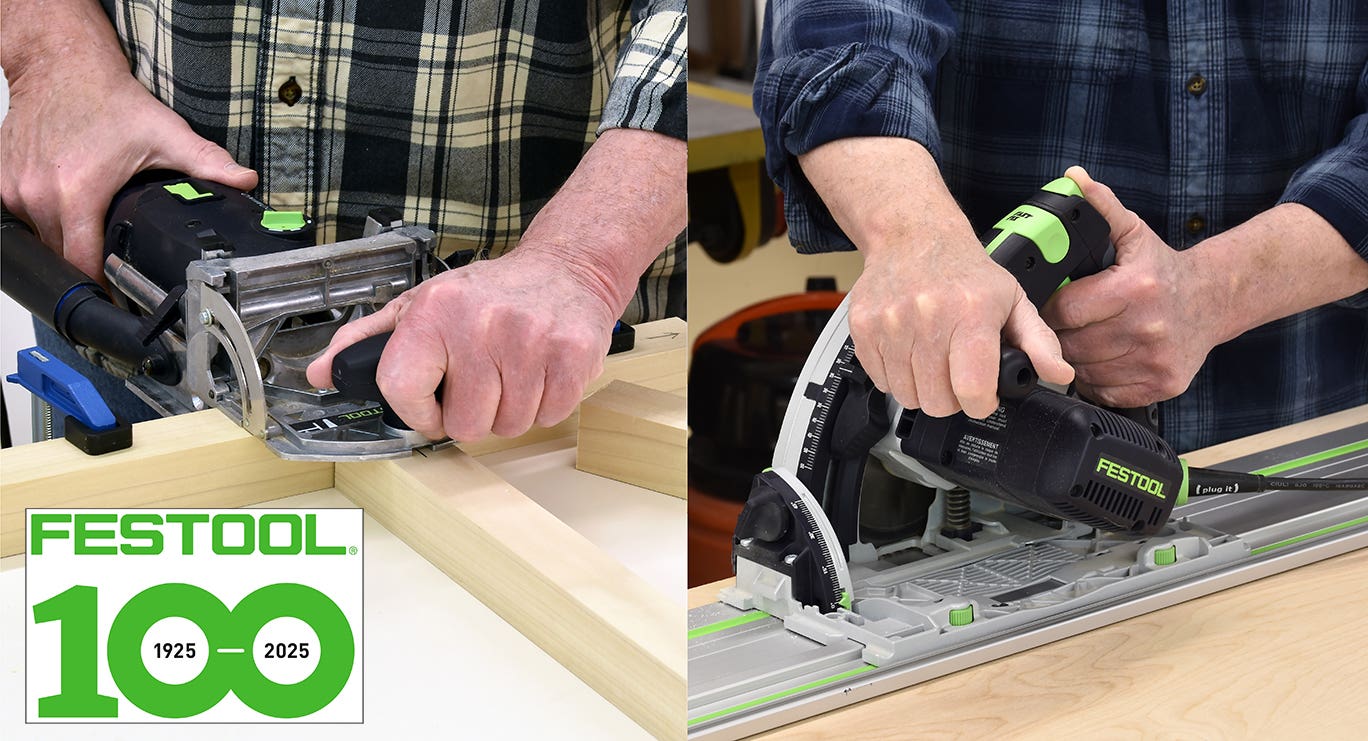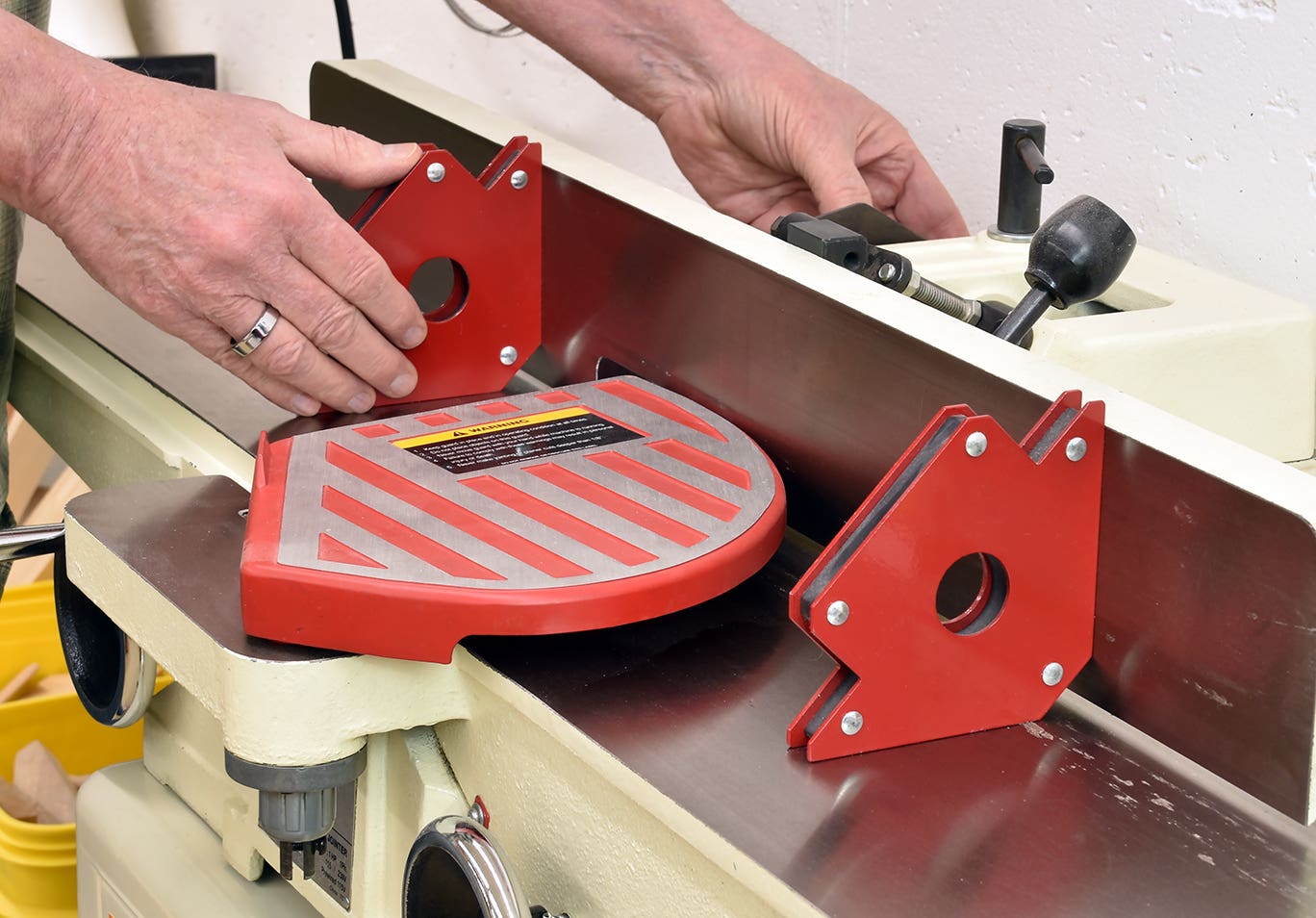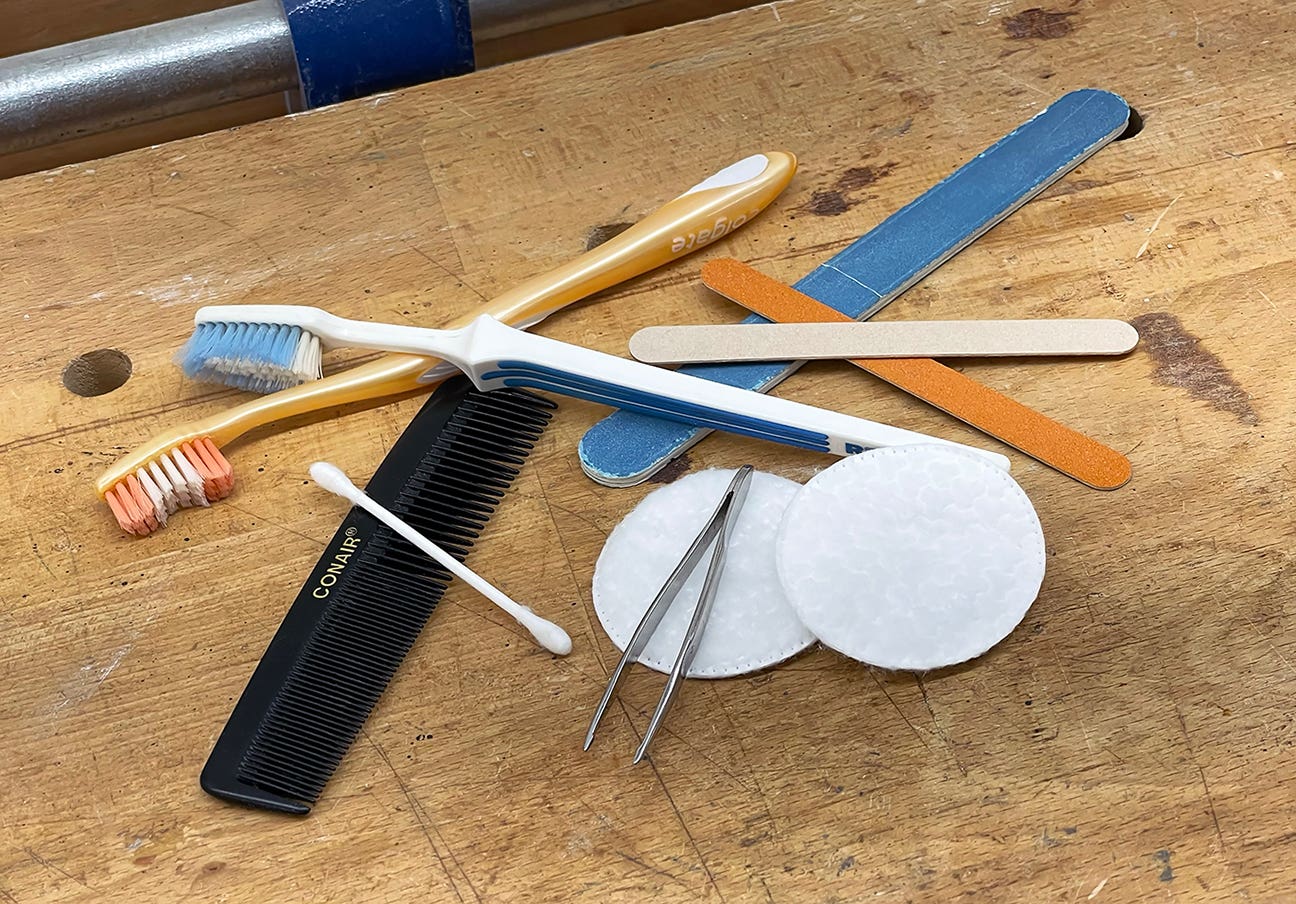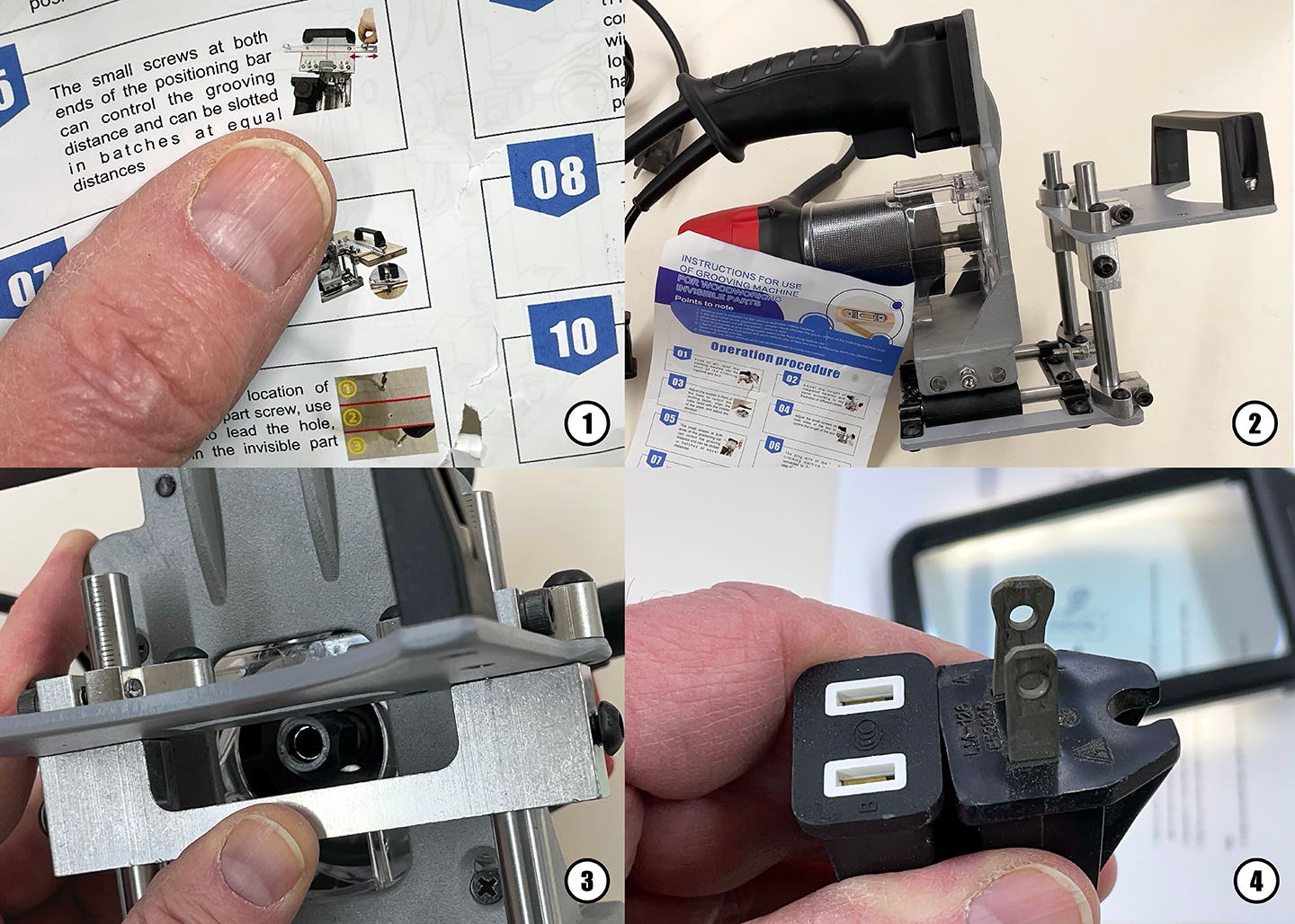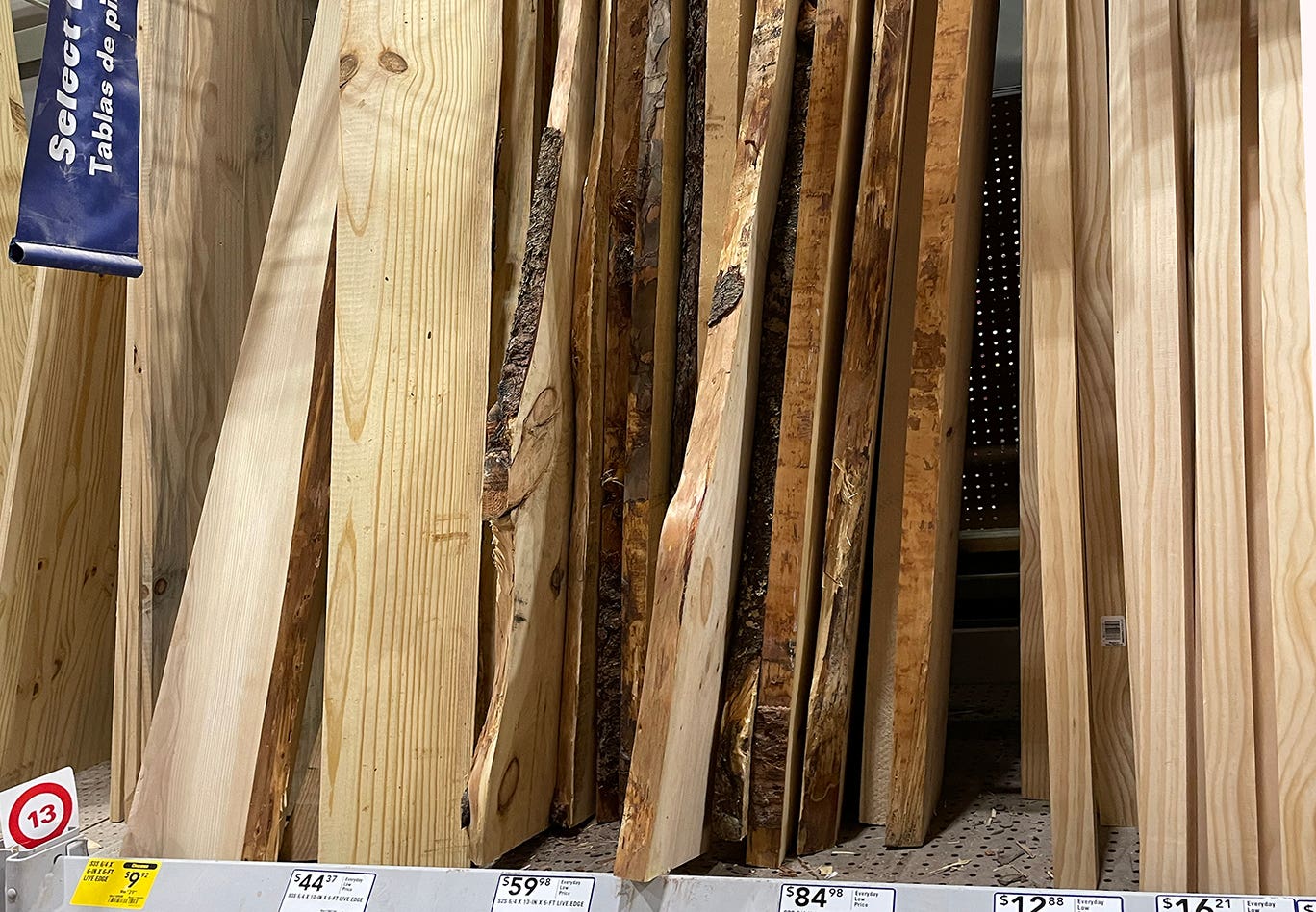Thanks for the memory
Woodworking involves countless hand skills. And while all are essential to woodworking, relatively few are strictly woodworking skills. Confusing? Nah, not at all. Im right-handed, but it wasnt till I…
Woodworking involves countless hand skills. And while all are essential to woodworking, relatively few are strictly woodworking skills. Confusing? Nah, not at all.
Im right-handed, but it wasnt till I had tendon surgery in my arm last week that I found out just how completely and totally right-handed. This was follow-up surgery to a procedure I had last winter (see Helpless, 1-9-09), but this surgery was much more intensive. Last time I just had my forearm wrapped up, but this time my right arm has a plaster cast and wrappings from elbow to fingertips. With the January surgery I still had use of my right hand; in a diminished capacity, yeah, but still useable. This time, my entire right arm is just dead weight and will remain thus for two more weeks.
Relying only on my left hand, Ive found I can do almost nothing. Attempting even the simplest things one-handed like buttoning a shirt, tying shoes, or opening a pair of glasses (and getting them on my face) are comical at best, and painful to watch at worst. Even things normally done one-handed, like using the TV remote or brushing your teeth, become hopelessly awkward when done with the wrong hand. And considering that I nearly cut a finger off the other day trying left-handed to slice a bit of cheese and crackers for a snack, attempting to use any woodworking tool is out of the question.
Typing is especially problematic. I learned to touch-type when I was 14, and regularly average up to 65 words per minute and more. But Im so dependent on the skill that typing one-handed without it makes me worse than a beginning hunt-and-peck typist. Typing up this blog (without errors) took nearly an hour. And yet I know some two-finger typists who do fine. Heck, I even know a writer for a well-known woodworking magazine whos a single-finger typist, and hes blazing fast.
The key here is muscle memory, which is what makes us adept at using our hands. The muscle memory that lets a one-finger typist fly over the keyboard is exactly the same that allows a woodworker experienced in joinery to cut perfect dovetails. Most hand skills important to woodworking are simple if hard learned muscle-memory skills, and the trick is practicing the techniques and getting the hand muscles to remember the procedures.
Educating the mind is essential when learning woodworking skills, but its training the muscles that actually allow us to do it.
Till next time,
A.J.
A.J. Hamler is the former editor of Woodshop News and Woodcraft Magazine. He's currently a freelance woodworking writer/editor, which is another way of stating self-employed. When he's not writing or in the shop, he enjoys science fiction, gourmet cooking and Civil War reenacting, but not at the same time.



